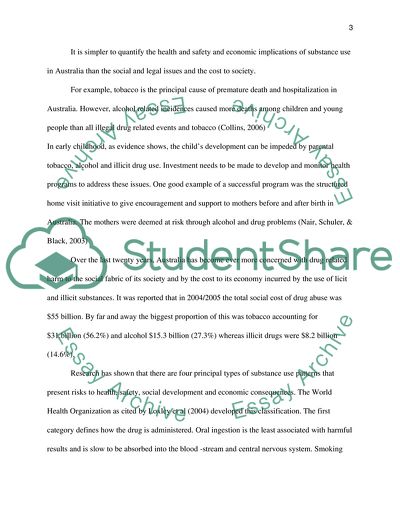Cite this document
(Analysis of the Social Construction of Substance Use Essay, n.d.)
Analysis of the Social Construction of Substance Use Essay. https://studentshare.org/health-sciences-medicine/1771987-its-all-about-the-bigger-picture-critical-analysis-of-the-social-construction-of-substance-use
Analysis of the Social Construction of Substance Use Essay. https://studentshare.org/health-sciences-medicine/1771987-its-all-about-the-bigger-picture-critical-analysis-of-the-social-construction-of-substance-use
(Analysis of the Social Construction of Substance Use Essay)
Analysis of the Social Construction of Substance Use Essay. https://studentshare.org/health-sciences-medicine/1771987-its-all-about-the-bigger-picture-critical-analysis-of-the-social-construction-of-substance-use.
Analysis of the Social Construction of Substance Use Essay. https://studentshare.org/health-sciences-medicine/1771987-its-all-about-the-bigger-picture-critical-analysis-of-the-social-construction-of-substance-use.
“Analysis of the Social Construction of Substance Use Essay”. https://studentshare.org/health-sciences-medicine/1771987-its-all-about-the-bigger-picture-critical-analysis-of-the-social-construction-of-substance-use.


